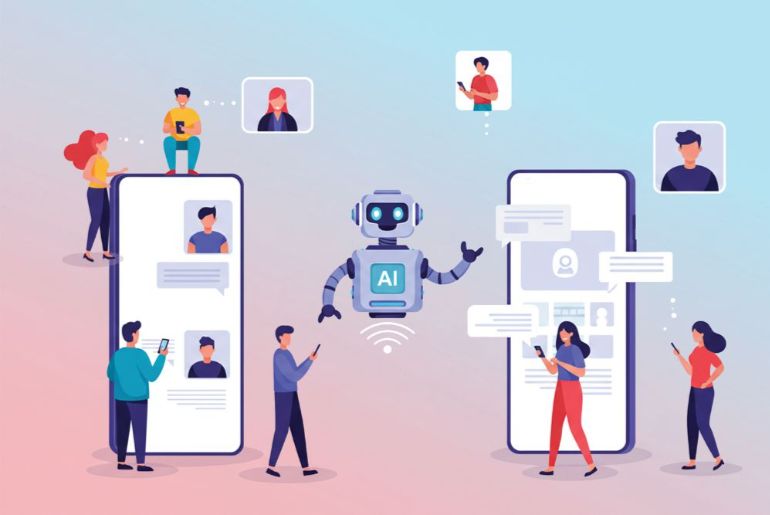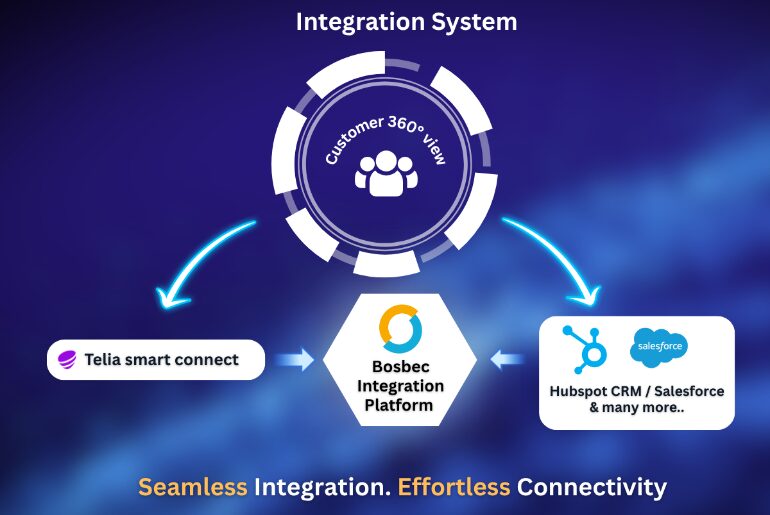We’re living through a moment where generative AI is marketed as the next industrial revolution. Yet the reality inside most organizations looks completely different. According to MIT CISR, 95% of companies see no measurable productivity increase from their AI initiatives.
This isn’t because the models are flawed. It’s because the infrastructure around them is missing.
Just as tractors didn’t transform agriculture until workflows and methods changed, AI doesn’t create value until it is embedded into a structured, automated, and orchestrated environment.
Why so many AI initiatives fail — the real reasons beneath the surface
When you look at AI projects that never reach adoption, you see the same pattern: AI is deployed as an isolated tool. A model produces an answer or analysis, and then nothing happens. No system picks it up, no workflow continues, and no logic determines the next action.
Vendor lock-in is another issue. Many companies choose one AI provider and then cannot compare models, optimize cost vs. quality, or replace declining models without rebuilding infrastructure.
A third recurring problem is the lack of a shared automation layer. Without a unified foundation for data, events, rules, integrations, and logging, AI remains disconnected from real operations.
The five structural gaps behind the 95% failure rate
• Fragmented data — context is scattered across systems.
• No workflow engine — nothing interprets or routes AI output.
• Single-model dependence — innovation slows because switching is hard.
• Lack of traceability — processes cannot be versioned or re-run.
• Too many ad-hoc scripts — technical debt grows faster than value.
AI isn’t magic — it’s a component in a larger flow
AI is powerful, but it’s never the entire solution. It needs triggers, context, validation, fallback options, and actions. It must fit into an ecosystem that can pause, restart, or adapt. And often, it needs to work with more than one AI model.
Most platforms fall short because they limit you to a single provider or lack dynamic, event-driven processes.
Bosbec: The orchestration layer that makes AI truly useful
Bosbec functions as the orchestration layer around AI models. Instead of locking organizations into one provider, Bosbec enables the integration of OpenAI, Anthropic, Gemini, Azure OpenAI, AWS models, and more through standardized APIs.
The platform prepares and enriches data, analyzes AI output, and moves the process forward. When confidence is low, the workflow can fall back to another model or escalate to a human. Bosbec can merge AI results with CRM records, ERP data, telecom events, IoT signals, logs, or historical workflow state.
Its architecture — based on resources, units, and datalog — ensures workflows maintain context, can be re-run, and can evolve without breaking.
What separates the 5% who succeed
Organizations that succeed with AI embed it inside workflows, collect data in the same pipelines where AI operates, and compare multiple models. They build on platforms where experimentation and improvement are simple rather than risky.
This is where Bosbec becomes the foundation for scalable, adaptable AI operations.
What a mature AI environment looks like
A mature AI workflow begins with a trigger — an API call, incoming message, PBX event, or scheduled process. Data is normalized and enriched, the model is selected, and the output is validated and acted on. Systems update themselves, humans step in only when needed, and new workflows activate seamlessly.
Meanwhile, logs grow, metrics provide insight, units can be adjusted safely, and models can be swapped without infrastructure changes.
Conclusion: AI’s value emerges only when orchestration is in place
AI’s power comes not only from the model, but from the environment surrounding it — the data, rules, flow, and ability to combine multiple AI services in one process.
Bosbec provides this foundation by acting as the integration hub, automation engine, decision layer, and orchestration core.
With the right structure in place, organizations can scale AI confidently, switch models effortlessly, integrate AI with system data, reduce technical debt, and achieve measurable results.
This is the moment when companies move from AI hype — to real, operational value.
Click here to read more about a use case.






